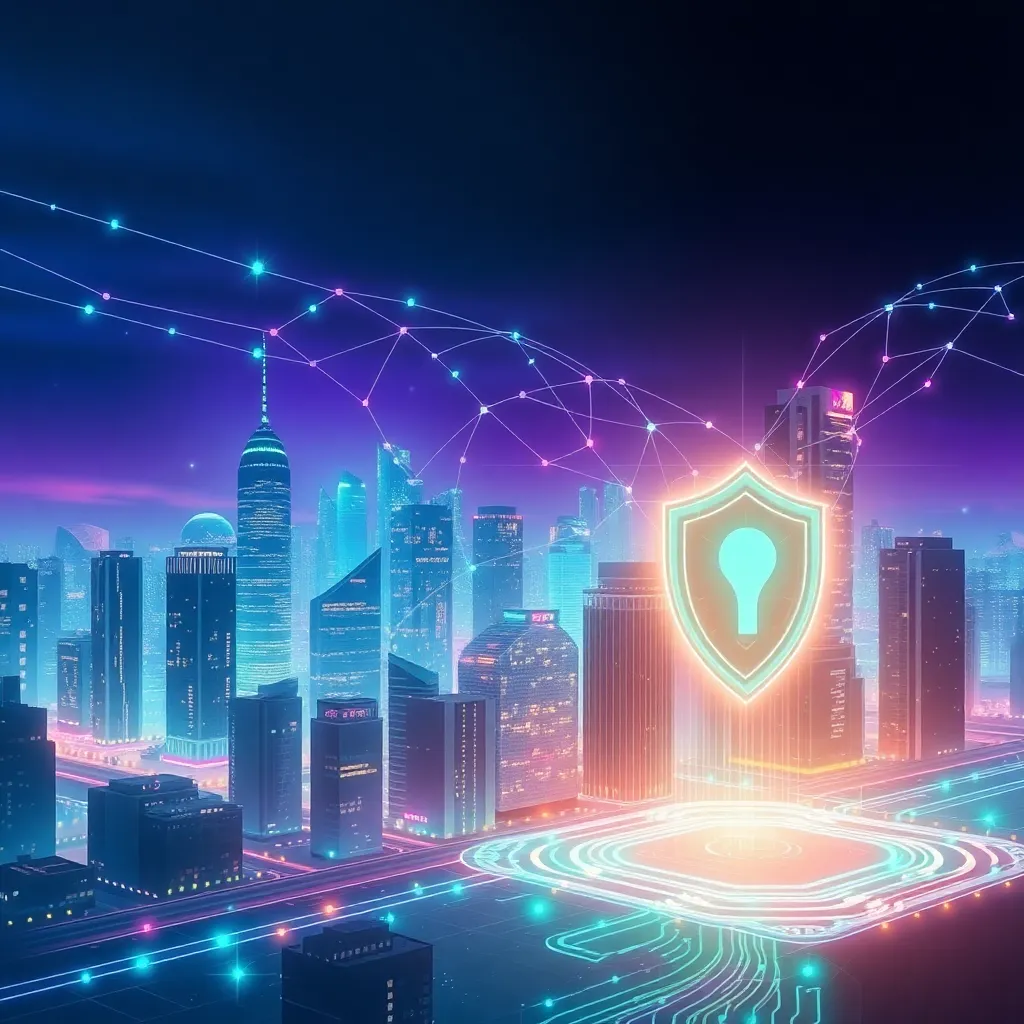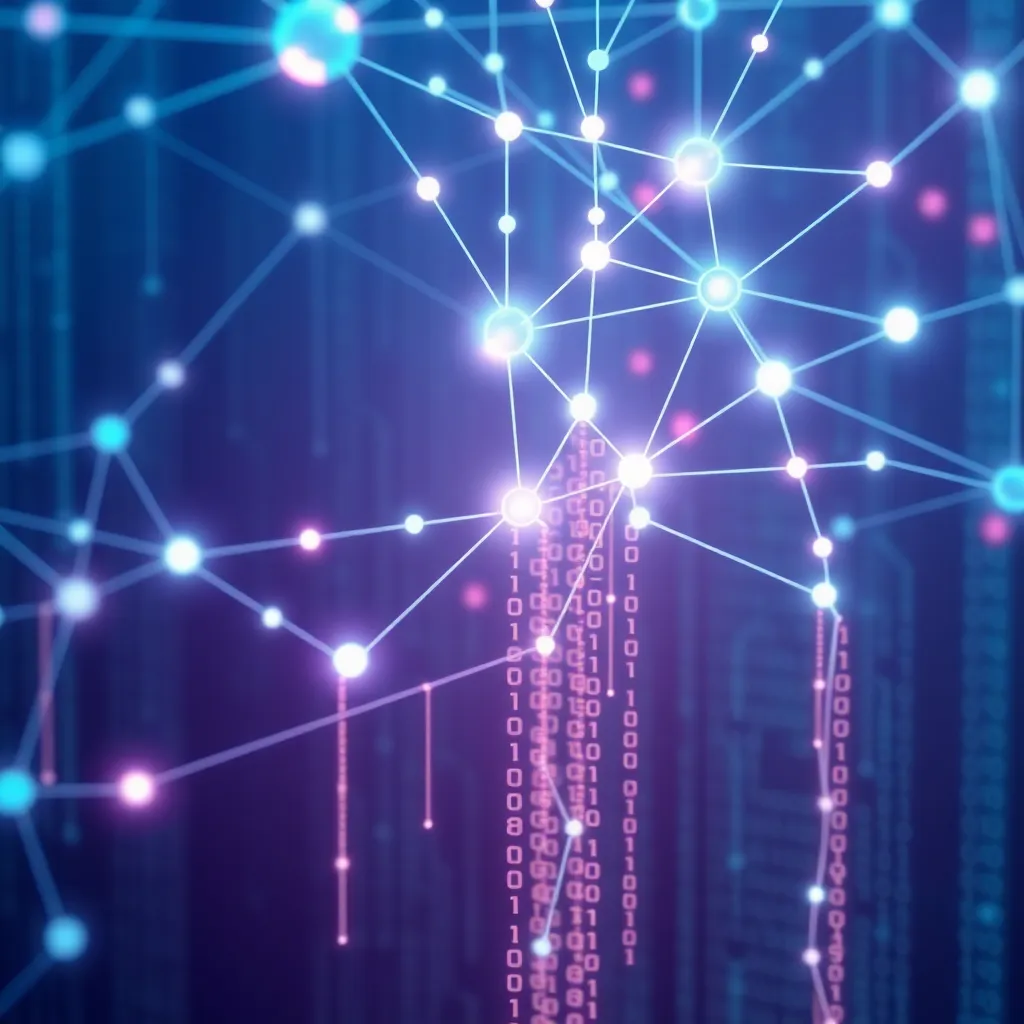AI Cybersecurity: Threat Detection & Response for Your Business

AI revolutionizes cybersecurity! Detect and respond to threats faster & more accurately than ever before. Protect your business with smarter, AI-driven solutions.
AI-Driven Cybersecurity: Threat Detection and Response
The digital landscape is constantly evolving, and with it, the sophistication of cyber threats. Businesses today face a relentless barrage of attacks, ranging from phishing scams and ransomware to advanced persistent threats (APTs) designed to steal sensitive data or disrupt operations. Traditional cybersecurity methods, relying heavily on signature-based detection and manual analysis, are struggling to keep pace. This is where Artificial Intelligence (AI) offers a transformative solution, enhancing both threat detection and response capabilities.
AI's ability to analyze vast amounts of data in real-time is a game-changer for threat detection. Unlike traditional systems that rely on pre-defined rules and known signatures, AI-powered cybersecurity solutions can learn normal network behavior and identify anomalies that might indicate a potential threat. This behavioral analysis is crucial in detecting zero-day exploits and other sophisticated attacks that haven't been seen before. By continuously learning and adapting, AI algorithms can stay ahead of evolving threats and provide a more proactive defense.
One of the key advantages of AI in threat detection is its ability to automate tasks that would otherwise require significant human effort. Security analysts are often overwhelmed with alerts, many of which turn out to be false positives. AI can filter out the noise, prioritize alerts based on their severity, and provide analysts with actionable insights. This allows security teams to focus their attention on the most critical threats, improving their efficiency and reducing the risk of overlooking a genuine attack.
AI-driven threat detection also enables organizations to gain a deeper understanding of their security posture. By analyzing security logs and network traffic, AI can identify vulnerabilities, misconfigurations, and other weaknesses that could be exploited by attackers. This information can then be used to improve security policies, patch vulnerabilities, and strengthen overall security defenses. The proactive identification of weaknesses can significantly reduce the attack surface and minimize the potential impact of a successful breach.
Beyond detection, AI is also revolutionizing incident response. When a threat is detected, AI can automate the initial steps of the response process, such as isolating infected systems, blocking malicious traffic, and initiating forensic investigations. This rapid response can help contain the damage and prevent the attack from spreading to other parts of the network.
Furthermore, AI can assist in the investigation and remediation of security incidents. By analyzing the attack patterns and identifying the root cause, AI can help security teams develop more effective remediation strategies. It can also provide recommendations for preventing similar attacks in the future. This continuous learning and improvement is essential for staying ahead of the evolving threat landscape.
The implementation of AI-driven cybersecurity solutions requires careful planning and execution. It's important to choose solutions that are tailored to the specific needs of the organization and that can integrate seamlessly with existing security infrastructure. Data quality is also critical, as AI algorithms rely on data to learn and make predictions. Organizations need to ensure that their data is accurate, complete, and properly formatted. Moreover, it is important to consider ethical implications and ensure that AI systems are used responsibly and transparently.
While AI offers significant benefits for cybersecurity, it's not a silver bullet. Human expertise remains essential for interpreting the results of AI analysis and making informed decisions. AI should be seen as a tool that augments human capabilities, rather than replacing them entirely. The most effective cybersecurity strategies combine the power of AI with the knowledge and experience of human security professionals.
In conclusion, AI is transforming the field of cybersecurity, offering significant improvements in both threat detection and response. By automating tasks, analyzing vast amounts of data, and continuously learning from new threats, AI is helping organizations stay ahead of the evolving threat landscape. While AI is not a replacement for human expertise, it is a powerful tool that can enhance the effectiveness of cybersecurity defenses. Businesses that embrace AI-driven cybersecurity are better positioned to protect their data, their operations, and their reputation in an increasingly complex and dangerous digital world. The investment in AI for cybersecurity is not just a technological upgrade; it's a strategic imperative for businesses seeking to thrive in the modern digital economy.
The digital landscape is constantly evolving, and with it, the sophistication of cyber threats. Businesses today face a relentless barrage of attacks, ranging from phishing scams and ransomware to advanced persistent threats (APTs) designed to steal sensitive data or disrupt operations. Traditional cybersecurity methods, relying heavily on signature-based detection and manual analysis, are struggling to keep pace. This is where Artificial Intelligence (AI) offers a transformative solution, enhancing both threat detection and response capabilities.
AI's ability to analyze vast amounts of data in real-time is a game-changer for threat detection. Unlike traditional systems that rely on pre-defined rules and known signatures, AI-powered cybersecurity solutions can learn normal network behavior and identify anomalies that might indicate a potential threat. This behavioral analysis is crucial in detecting zero-day exploits and other sophisticated attacks that haven't been seen before. By continuously learning and adapting, AI algorithms can stay ahead of evolving threats and provide a more proactive defense.
One of the key advantages of AI in threat detection is its ability to automate tasks that would otherwise require significant human effort. Security analysts are often overwhelmed with alerts, many of which turn out to be false positives. AI can filter out the noise, prioritize alerts based on their severity, and provide analysts with actionable insights. This allows security teams to focus their attention on the most critical threats, improving their efficiency and reducing the risk of overlooking a genuine attack.
AI-driven threat detection also enables organizations to gain a deeper understanding of their security posture. By analyzing security logs and network traffic, AI can identify vulnerabilities, misconfigurations, and other weaknesses that could be exploited by attackers. This information can then be used to improve security policies, patch vulnerabilities, and strengthen overall security defenses. The proactive identification of weaknesses can significantly reduce the attack surface and minimize the potential impact of a successful breach.
Beyond detection, AI is also revolutionizing incident response. When a threat is detected, AI can automate the initial steps of the response process, such as isolating infected systems, blocking malicious traffic, and initiating forensic investigations. This rapid response can help contain the damage and prevent the attack from spreading to other parts of the network.
Furthermore, AI can assist in the investigation and remediation of security incidents. By analyzing the attack patterns and identifying the root cause, AI can help security teams develop more effective remediation strategies. It can also provide recommendations for preventing similar attacks in the future. This continuous learning and improvement is essential for staying ahead of the evolving threat landscape.
The implementation of AI-driven cybersecurity solutions requires careful planning and execution. It's important to choose solutions that are tailored to the specific needs of the organization and that can integrate seamlessly with existing security infrastructure. Data quality is also critical, as AI algorithms rely on data to learn and make predictions. Organizations need to ensure that their data is accurate, complete, and properly formatted. Moreover, it is important to consider ethical implications and ensure that AI systems are used responsibly and transparently.
While AI offers significant benefits for cybersecurity, it's not a silver bullet. Human expertise remains essential for interpreting the results of AI analysis and making informed decisions. AI should be seen as a tool that augments human capabilities, rather than replacing them entirely. The most effective cybersecurity strategies combine the power of AI with the knowledge and experience of human security professionals.
In conclusion, AI is transforming the field of cybersecurity, offering significant improvements in both threat detection and response. By automating tasks, analyzing vast amounts of data, and continuously learning from new threats, AI is helping organizations stay ahead of the evolving threat landscape. While AI is not a replacement for human expertise, it is a powerful tool that can enhance the effectiveness of cybersecurity defenses. Businesses that embrace AI-driven cybersecurity are better positioned to protect their data, their operations, and their reputation in an increasingly complex and dangerous digital world. The investment in AI for cybersecurity is not just a technological upgrade; it's a strategic imperative for businesses seeking to thrive in the modern digital economy.

Comments (0)
Leave a Comment